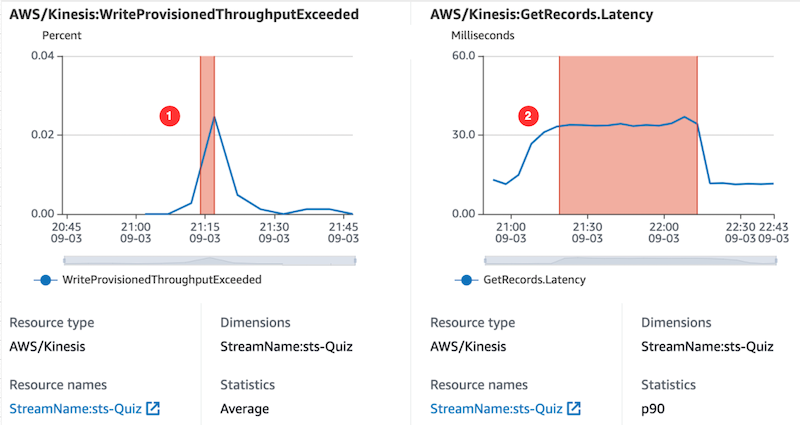AWS Compute Blog
Category: Amazon API Gateway
Building serverless multi-Region WebSocket APIs
This blog post shows how to use the AWS serverless platform to build a multi-regional chat application over WebSockets. With the cross-Region event routing of EventBridge the architecture is resilient as well as extensible.
Migrating a monolithic .NET REST API to AWS Lambda
This blog post shows the required considerations for migrating a .NET Core REST API to AWS Lambda. You can now start to look at your existing code base and make an informed decision whether Lambda is for you. With the right abstractions and configuration, you can migrate a .NET Core API to Lambda compute with copy and paste.
Capturing client events using Amazon API Gateway and Amazon EventBridge
This post shows how to send client events to an API and EventBridge to enable new customer experiences. The example covers enabling new experiences by creating a way for software clients to send events with minimal custom code.
Building a serverless multi-player game that scales: Part 3
This post discusses how to perform a load test on a serverless workload. The process was used to validate a scale of Simple Trivia Service, a single- and multi-player game built using a serverless-first architecture on AWS.
Implementing header-based API Gateway versioning with Amazon CloudFront
This post is written by Amir Khairalomoum, Sr. Solutions Architect. In this blog post, I show you how to use Lambda@Edge feature of Amazon CloudFront to implement a header-based API versioning solution for Amazon API Gateway. Amazon API Gateway is a fully managed service that makes it easier for developers to create, publish, maintain, monitor, […]
Accepting API keys as a query string in Amazon API Gateway
This post was written by Ronan Prenty, Sr. Solutions Architect and Zac Burns, Cloud Support Engineer & API Gateway SME Amazon API Gateway is a fully managed service that makes it easier for developers to create, publish, maintain, monitor, and secure APIs at any scale. APIs act as the front door to applications and allow […]
ICYMI: Serverless Q3 2021
Welcome to the 15th edition of the AWS Serverless ICYMI (in case you missed it) quarterly recap. Every quarter, we share all of the most recent product launches, feature enhancements, blog posts, webinars, Twitch live streams, and other interesting things that you might have missed!
Building well-architected serverless applications: Optimizing application costs
This series of blog posts uses the AWS Well-Architected Tool with the Serverless Lens to help customers build and operate applications using best practices. In each post, I address the serverless-specific questions identified by the Serverless Lens along with the recommended best practices. See the introduction post for a table of contents and explanation of the example application. COST 1. How […]
Building well-architected serverless applications: Optimizing application performance – part 3
February 12, 2024: Amazon Kinesis Data Firehose has been renamed to Amazon Data Firehose. Read the AWS What’s New post to learn more. September 8, 2021: Amazon Elasticsearch Service has been renamed to Amazon OpenSearch Service. See details. This series of blog posts uses the AWS Well-Architected Tool with the Serverless Lens to help customers build and operate applications […]
Building well-architected serverless applications: Optimizing application performance – part 2
This series of blog posts uses the AWS Well-Architected Tool with the Serverless Lens to help customers build and operate applications using best practices. In each post, I address the serverless-specific questions identified by the Serverless Lens along with the recommended best practices. See the introduction post for a table of contents and explanation of the example application. PERF 1. Optimizing […]









